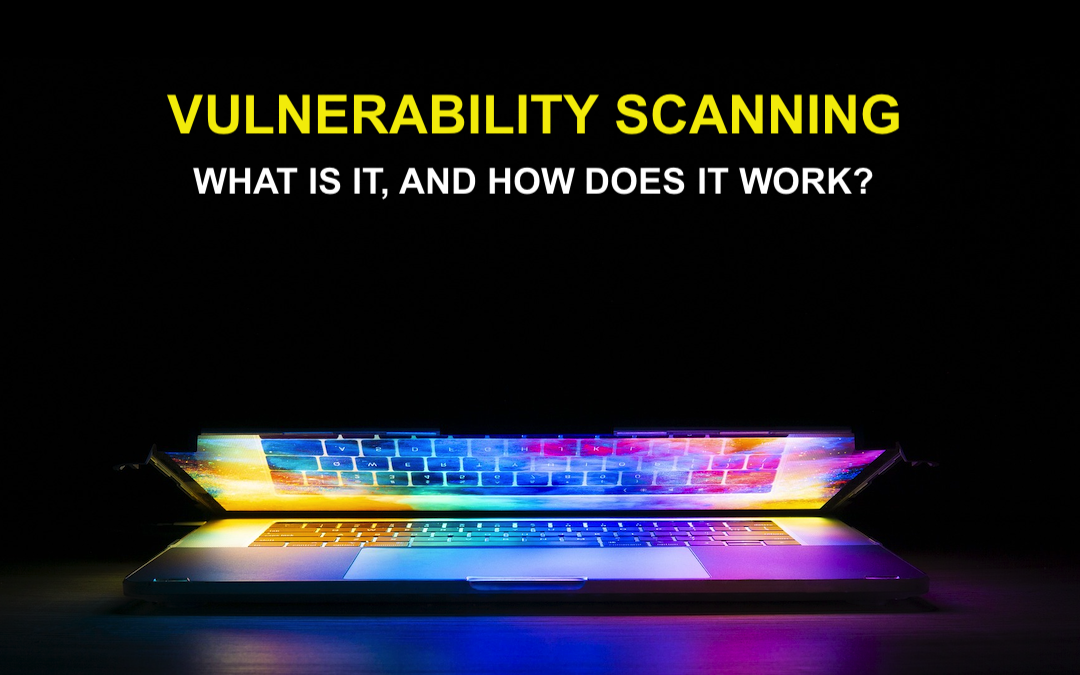
Vulnerability scanning is an indispensable cybersecurity toolkit, crucial for uncovering and managing potential threats in networks or systems. As we navigate an ever-changing technological landscape, understanding this process becomes vital for everyone, from individuals to large corporations and governments.
What is Vulnerability Scanning?
At its essence, vulnerability scanning involves finding security weaknesses in systems, networks, or applications. If left unchecked, these weaknesses can be gateways for cybercriminals to infiltrate, steal data, or disrupt operations. The primary objective is to identify these vulnerabilities before they can be exploited.
The Different Faces of Vulnerability Scans
Vulnerability scanning isn't a one-size-fits-all process. It varies based on what is being scanned: Network Scans: These scan network devices like routers and switches, checking for issues like open ports or outdated firmware.
Host Scans: Focused on individual computers and servers, these scans look for issues such as missing patches or insecure software setups.
Application Scans: These scans dive into web applications to find common security lapses such as SQL injection vulnerabilities.
Database Scans: These are tailored for database servers, and they search for misconfigurations and weak authentication systems.
Wireless Network Scans: These evaluate the security of wireless networks, highlighting weaknesses like poor encryption.
How Does Vulnerability Scanning Work?
The process typically unfolds in several stages:
Preparation: It starts with defining what will be scanned.
Scanning: Specialized software, a vulnerability scanner, examines the target using a database of known issues.
Analysis: The scanner then produces a report detailing each vulnerability's severity and how to fix it.
Remediation: IT teams use this report to fix the vulnerabilities.
Verification: Often, a second scan follows to ensure everything was addressed correctly.
The Tools of the Trade
Vulnerability scanners come in different flavors:
Commercial Scanners: Like Nessus and Qualys, these are user-friendly and regularly updated but come at a cost.
Open Source Scanners: Tools like OpenVAS offer a no-cost solution but might require more technical know-how.
Web Application Scanners: Focused tools like OWASP ZAP are ideal for web-specific vulnerabilities.
The Fine Balance
Vulnerability scanning isn't without its challenges. False alarms can lead to unnecessary work, and missed vulnerabilities can be dangerous. Also, scans can sometimes slow down systems.
To get the most out of scanning:
Keep Your Tools Updated: Always use the latest version of your scanning software.
Scan During Downtime: Schedule scans for when they'll have minimal impact on operations.
Prioritize: Address the most critical vulnerabilities first.
Integrate Scanning into Overall Security: It should be one part of a comprehensive cybersecurity strategy.
Bottom Line
Vulnerability scanning is a critical cybersecurity practice that evolves as quickly as the technology and threats it contends with. Regularly identifying and addressing vulnerabilities is key to reducing the risk of cyberattacks. As digital threats grow more complex, the importance of vulnerability scanning in safeguarding our digital world becomes ever clearer.
Share this post
Leave a comment
All comments are moderated. Spammy and bot submitted comments are deleted. Please submit the comments that are helpful to others, and we'll approve your comments. A comment that includes outbound link will only be approved if the content is relevant to the topic, and has some value to our readers.

Comments (0)
No comment